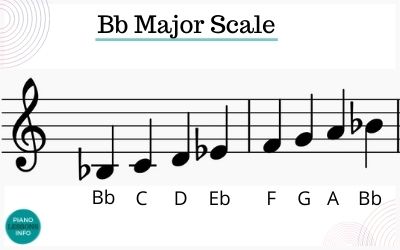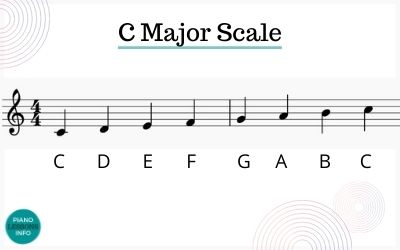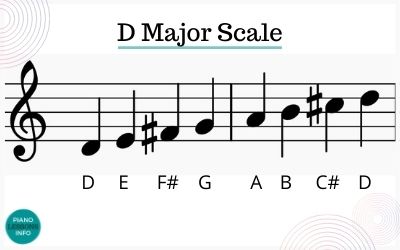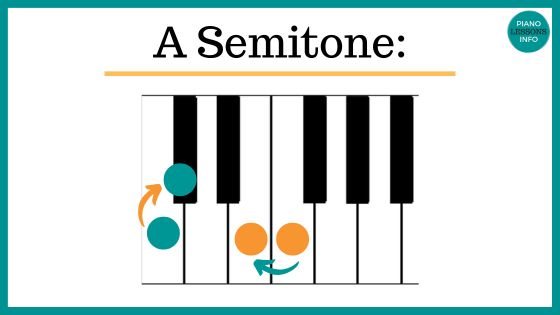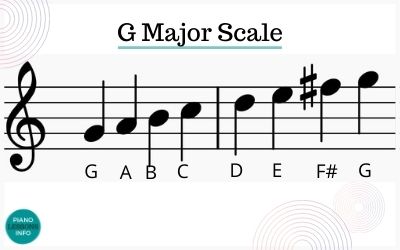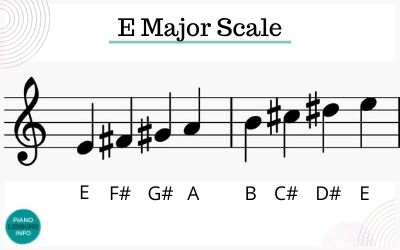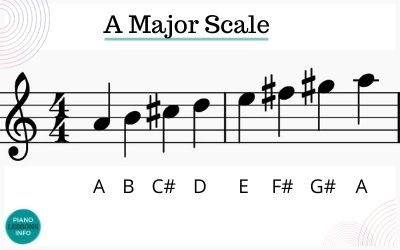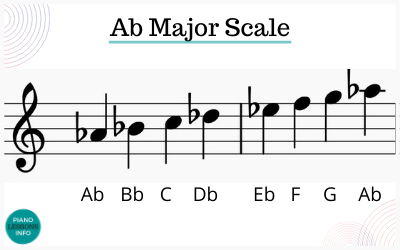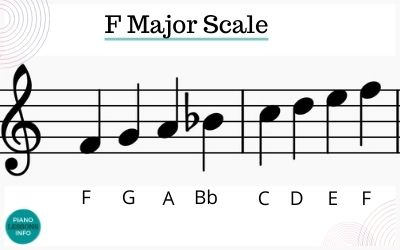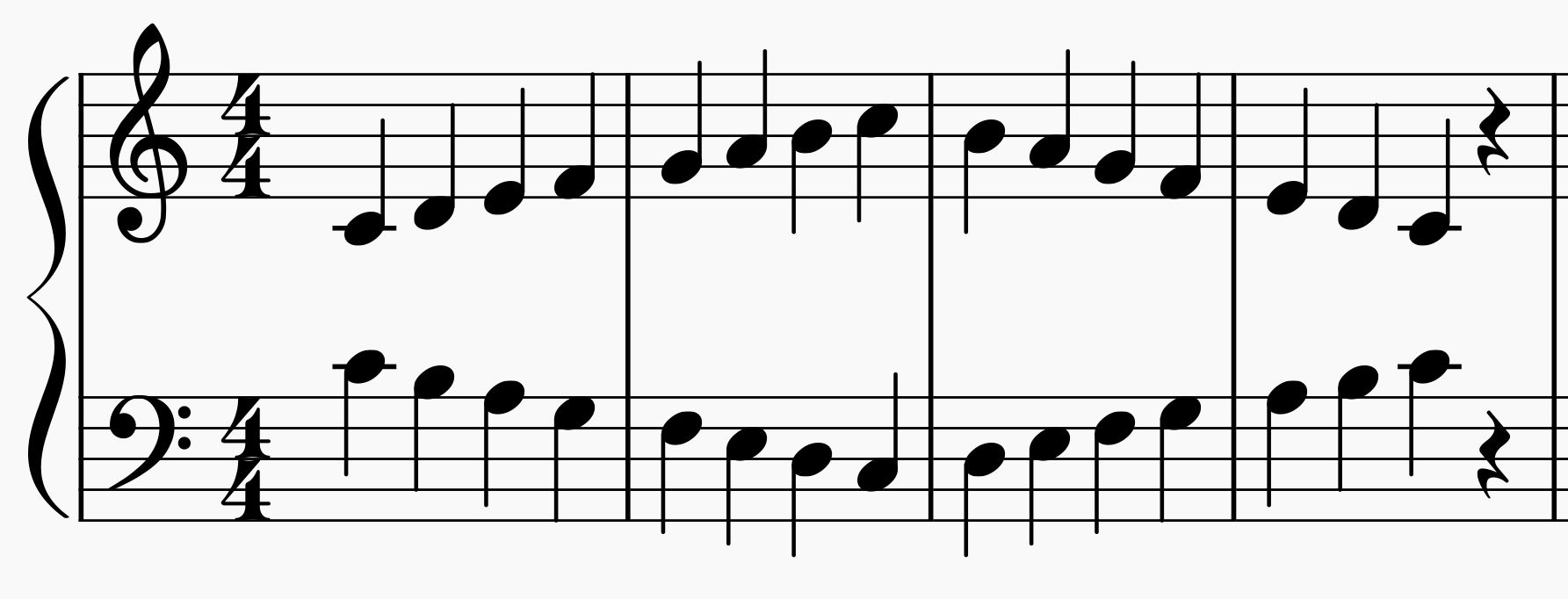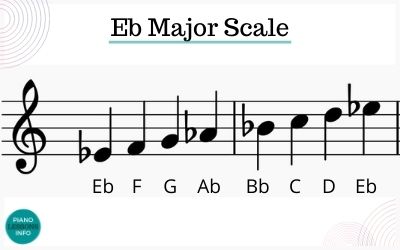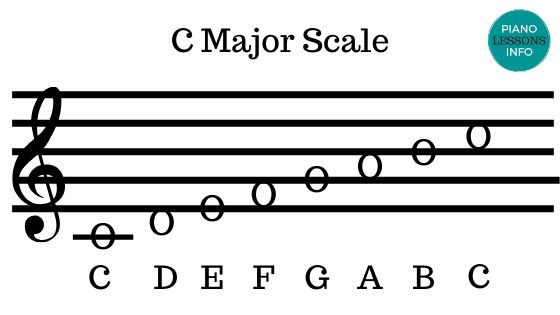Master Scale Fingering For Piano in 5 Steps
When learning scales, there is some basic scale fingering that you can use for many of the major and minor scales. It's basically foundational fingering that you need to know to practice and play scales.
Here, you'll find:
- understanding what scales are
- video tutorial on fingering
- scale fingering for one octave and two octave scales
- something to practice so you learn this fingering well
Step 1: Understand What A Scale Is
A scale is simply a series of notes played in ascending or descending order, usually following a specific pattern. It's important to understand the basics of scales before diving into the fingerings.
A scale in music is a collection of notes that represent the same key. They start on what is called the ‘tonic’ note. This is the root note and the name of the scale and the key signature.
Each scale represents a key. If you look at a piece of music and find that the notes are based on the C major scale, then the piece of music will be in the key of C major.
There are a number of different scales but the main scales are major scales and minor scales.
Major scales are the most common and they are very useful to learn to practice, understanding key signatures and if you are learning chords.
Scale Fingering Video Tutorial:
This video will help you undestand which fingers to use for scales and how it looks when playing them.
Step 2: Learn Basic Scale Fingering
Both the right hand and left hand have their own set of fingering to follow for playing major and minor scales. This fingering will work for the majority of scales (see the list below) but won't work for all of them.
This is the scale fingering you want to learn first.
We will using piano finger numbers to indicate which finger to use. So first, a quick note on those.
Piano Finger Numbers
If you're not sure of your finger numbers, here is what they are:
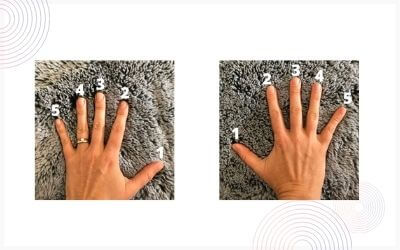
Right Hand Scale Fingering
Up / Ascending:
Fingers: 1 2 3 1 2 3 4 5
Down / Descending:
Fingers: 5 4 3 2 1 3 2 1
What this means is that if you are play the C major scale in the right hand, you start on C with finger one. You will end on the top C with finger 5.
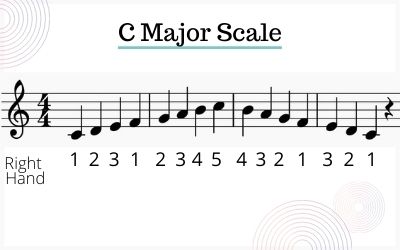
Left Hand Scale Fingering
Up / Ascending: 5 4 3 2 1 3 2 1
Down / Descending: 1 2 3 1 2 3 4 5
This finger pattern works if there aren't black notes in certain places that make it just awkward to play. (You can see a list of the scales it will work for below.)
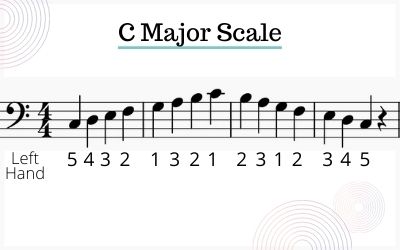
Step 3: Understand Key Techniques
A key thing that you need to do in order to play scales is to tuck your thumb under your third finger when going up in your right hand or down in your left hand. (See video for more on this.)
One thing I do with kids is to put something light and fluffy on the 4th note of the scale (right hand). Then the need to flick it out of the way by ducking their thumb under their third finger. This basically teaches you exactly how you need to make this movement.
When playing a scale in your left hand going up (or right hand going down), you need to cross your middle finger over you thumb once you get to the point where you run out of fingers.
That is really all there is to it!
Step 4: Learn Scale Fingering for 2 Octaves
When playing two octaves, your fingering will be slightly different but start with the same foundation. With 2 octaves, you can play what I refer to (in my head) as the "3-4-3" pattern.
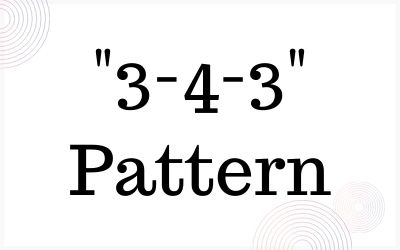
When going up in your right hand, your thumb crosses under after finger 3 (then keep going up), then 4 (and keep going up) and then 3 again until you reach the top.
For example:
Right Hand: 1 2 3 1 2 3 4 1 2 3 1 2 3 4 5
Your left hand crosses the 3rd finger over, then the 4th and then the 3rd again.
Left Hand: 5 4 3 2 1 3 2 1 4 3 2 1 3 2 1
So ... the 3-4-3 Pattern!
Scales This Fingering Will Work For
The basic scale fingering will work for quite a few scales and here are ones you can try it out on:
- C Major Scale
- D Major Scale
- E Major Scale
- G Major Scale
- A Major Scale
- B Major Scale (Right Hand Only)
- F Major Scale (Left Hand Only)
- A Minor Scale
- B Minor Scale (Right Hand Only)
- C Minor Scale
- D Minor Scale
- E Minor Scale
- F Minor Scale (Left Hand Only)
- G Minor Scale
You may notice that none of the scales above start on a black note. So for most scales starting on a white note, this scale fingering will be the one to use.
How to Play Scales Starting on Black Keys
Once you start playing scales starting on black keys, things become different. You may have scale fingering that is only for that specific scale.
For example, the Ab major scale starts on finger 2 in the right hand and finger 3 in the left hand.
The F major scale has the standard fingering in the left hand but when playing in the right hand, you need to cross after finger 4, not 3. And you end on 4 in the right hand.
To learn the fingering for these scales, start with any of the following:
Further Resources for Scales:
It's great to have a book of scales, chords and arpeggios to look to when practicing your technique. The one I recommend is The Complete Book of Scales, Chords, Arpeggios & Cadences (see on Amazon - this is an affiliate link that will earn me a tiny commission).
It lists all the different types of scales and fingering so it's really useful.
Step 5: What To Practice Now
Now you can practice the C major scale which is the scale in the pictures above. If you're just beginning, practice going up only, one hand at a time.
If you're looking at getting better at scales, join the Scales Challenge if you haven't already. (This page comes up in the early stages of the challenge.
Recent Articles
-
Piano Notes Chart
Nov 20, 23 10:21 PM
Find a piano notes chart for treble clef and bass clef notes as well as the different types of notes. -
D Chord on Piano + Diagram, How To & Theory
Oct 24, 23 12:20 AM
Learn how to play the D chord on piano with diagram, fingering, D/A, D/F# and a theory explainer. -
Diminished Piano Chords: Chart & How to Make Them
Oct 09, 23 09:23 PM
Learn the different diminished piano chords and how to make them. Here you'll find both a diminished chord chart and an explanation.
- Home
- Major Scales
- Scale Fingering




